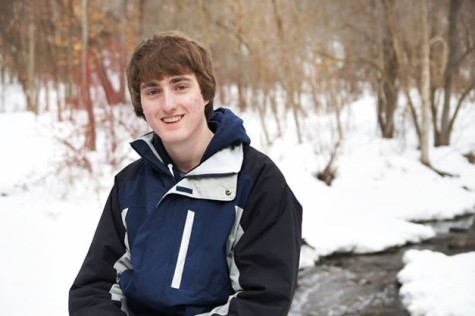Students begin classes in new Para2SPED program
September 8, 2016
SMSU, in collaboration with the Southwest/West Central Service Cooperative (SW/WC) and the Minnesota Rural Education Association (MREA), received a $385,000 grant from the State of Minnesota to address the shortage of special education teachers.
The shortage of these teachers is found across Minnesota, but some of the highest levels are in the regions SW/WC serves. According to the 2015 Minnesota Department of Education Teacher Supply and Demand report, 55 percent of districts spanning Kandiyohi, McLeod, Meeker and Renville counties were unable or found it difficult to fill vacant special education teacher positions.
Knowing this, SMSU Professor of Education Dr. Rhonda Bonnstetter worked with SW/WC to develop the Para2SPED program, which will allow paraprofessionals to take online courses to earn their special education degrees.
“These are people who are already working in the field of special education, who know the work it involves, and who are passionate about the students they work with,” Bonnstetter said.
Bonnstetter said that while working with SW/WC, SMSU heard frequently from paraprofessionals who were interested in becoming special education teachers, but were unable to because of work and the distance to campus. With assistance from the MREA and support of area legislators Sen. Gary Dahms and Rep. Chris Swedzinski, SMSU received funding from the Minnesota legislature to make the Para2SPED program a reality.
This funding was used to hire a full-time special education professor and adjunct faculty to teach in the program. Dr. Chris J. Anderson will act as the principle instructor for much of the coursework.
“The implementation needs to be foolproof and that is where I need to bring my expertise,” Anderson said. “It’s not necessarily going to be easy, but it can be done well, and that’s my passion.”
Anderson says between 37 and 45 students have been accepted to the program for fall semester and will be working towards the Special Education—Academic Behavioral Strategist licensure. To qualify for the program, candidates had to complete an associate degree or previous bachelor’s degree, worked for at least one year as a paraprofessional, and had two recommendations.
The license allows special education teachers to work with students with special needs at the mild-to-moderate levels in grades K-12 in areas such as autism, learning disabilities and emotional/behavioral disorders.
The online program is designed to fit the schedules of working paraprofessionals. Students will take 8-9 credits in fall and spring semesters, and 5-6 during the summer session. Students will need to meet the requirements for admission to SMSU’s Teacher Education Program by the end of the first year. The final year of the program involves a full year of student teaching in special education.
Students will also need to take and pass all required teacher licensure exams. Those in the program started classes on Sept. 6 and will graduate in May 2019.
“At the end of the two-and-a-half years, ideally we’ll have 40 or so special educators in this area that it didn’t previously have,” Anderson said.
For Bonnstetter, the path these paraprofessionals are taking is a familiar one.
“Their story is actually my story,” Bonnstetter said. “I started my career in education as a paraprofessional and was encouraged to return to college to get my teaching degree. I attended SMSU as a non-traditional student with four children and worked as much as possible up until my student teaching. These paras need that same opportunity to gain their teaching degree and serve the schools and students in their communities.”

